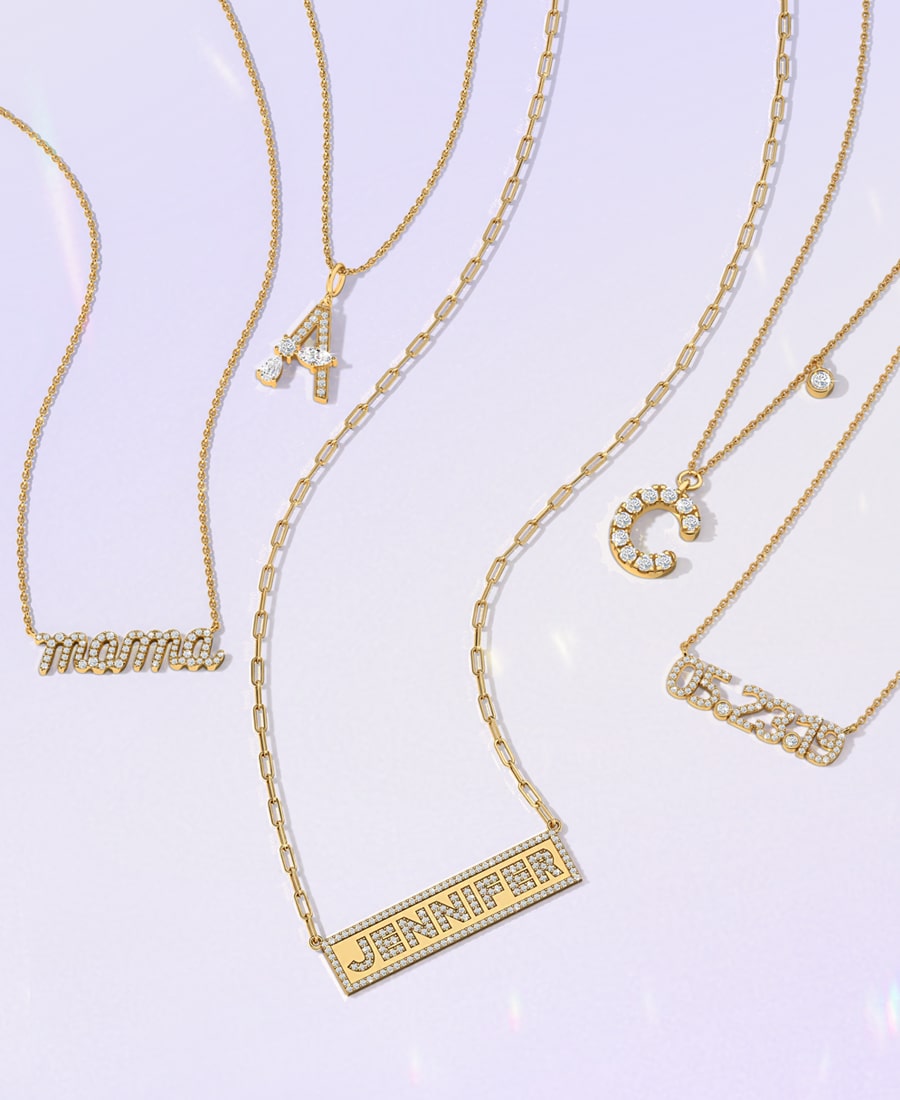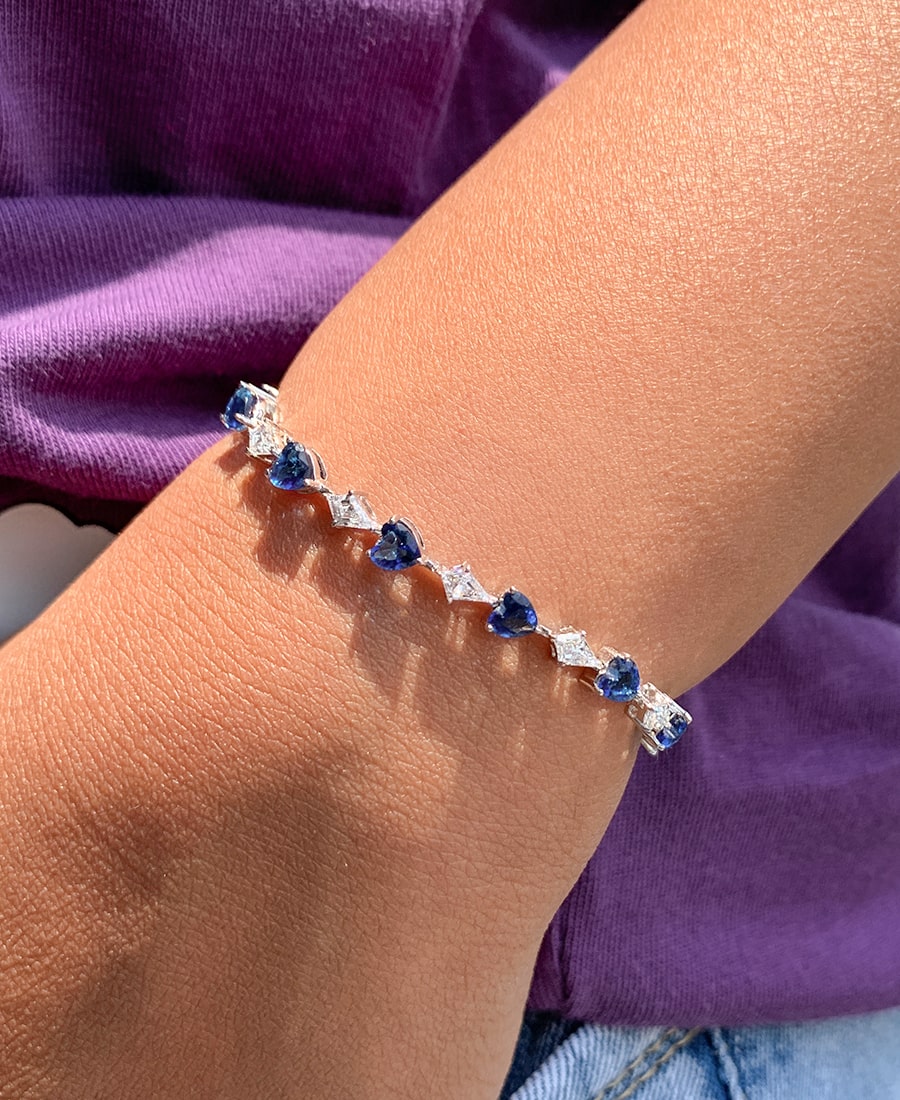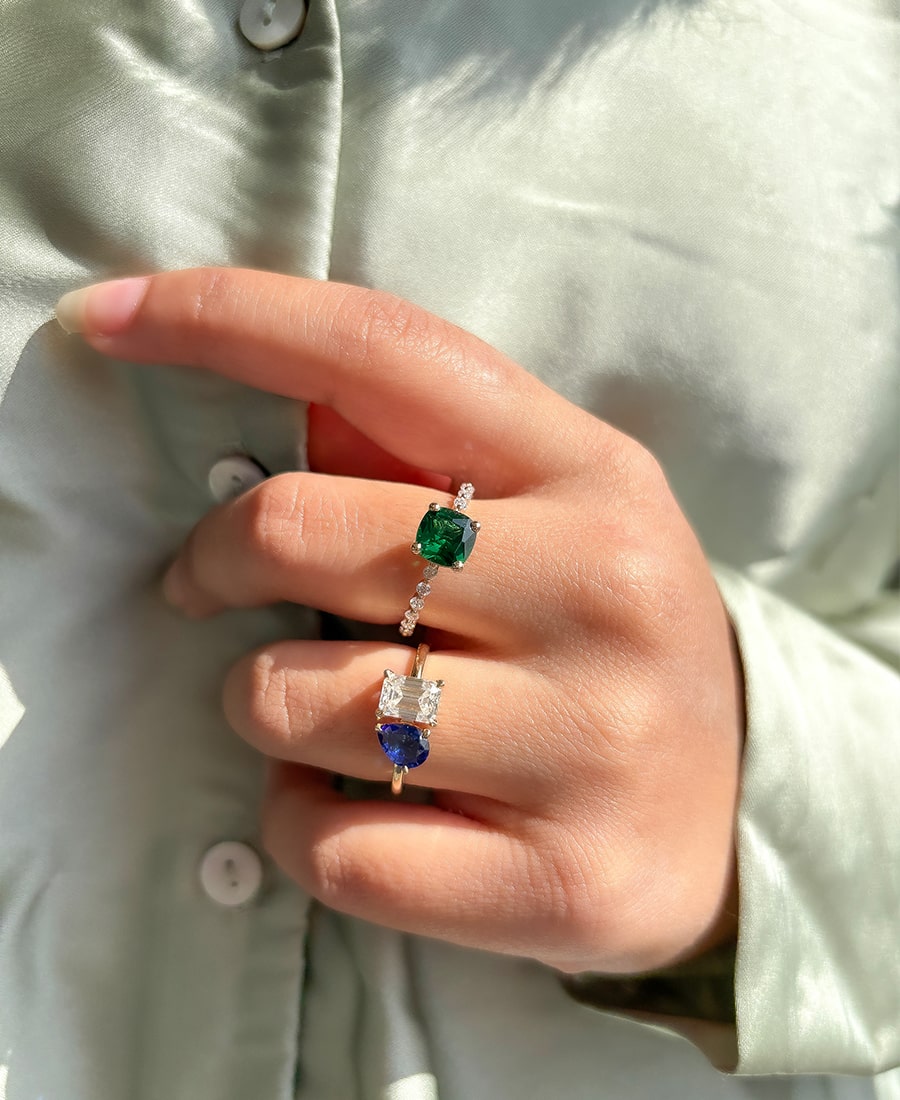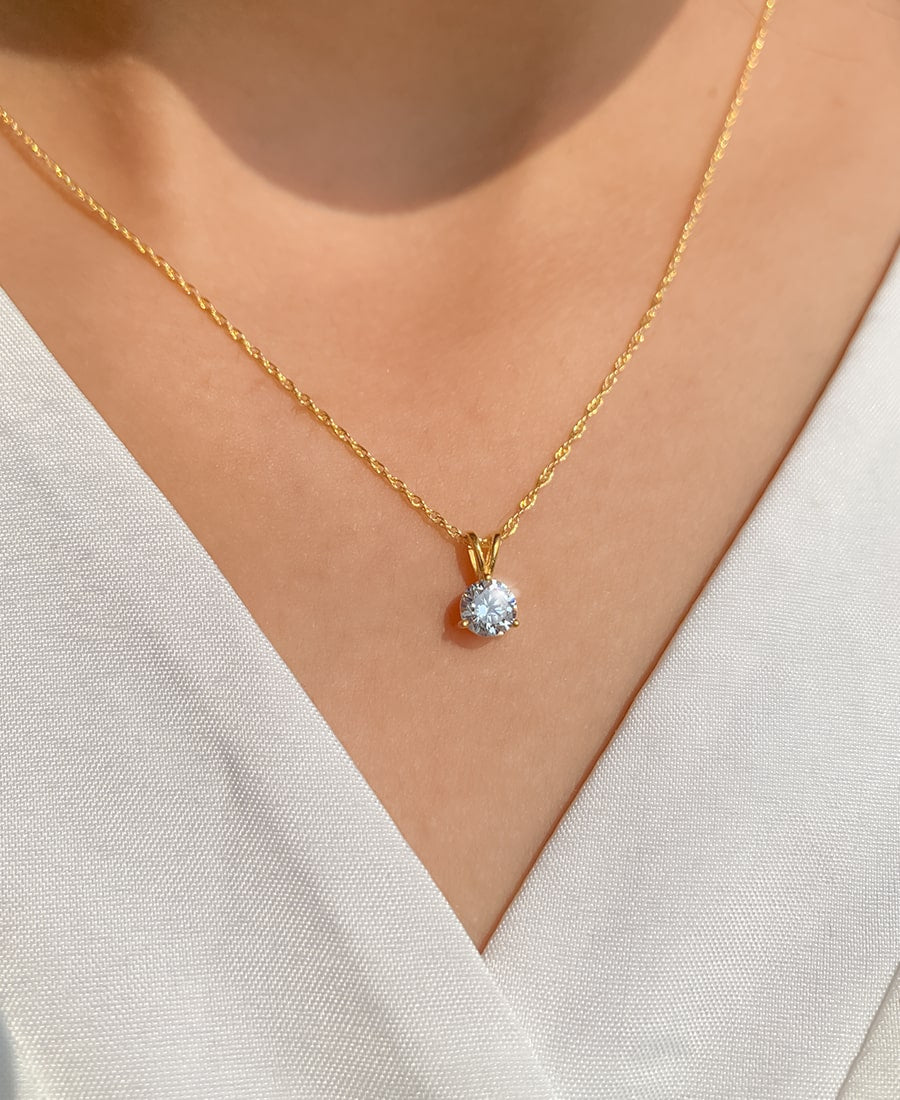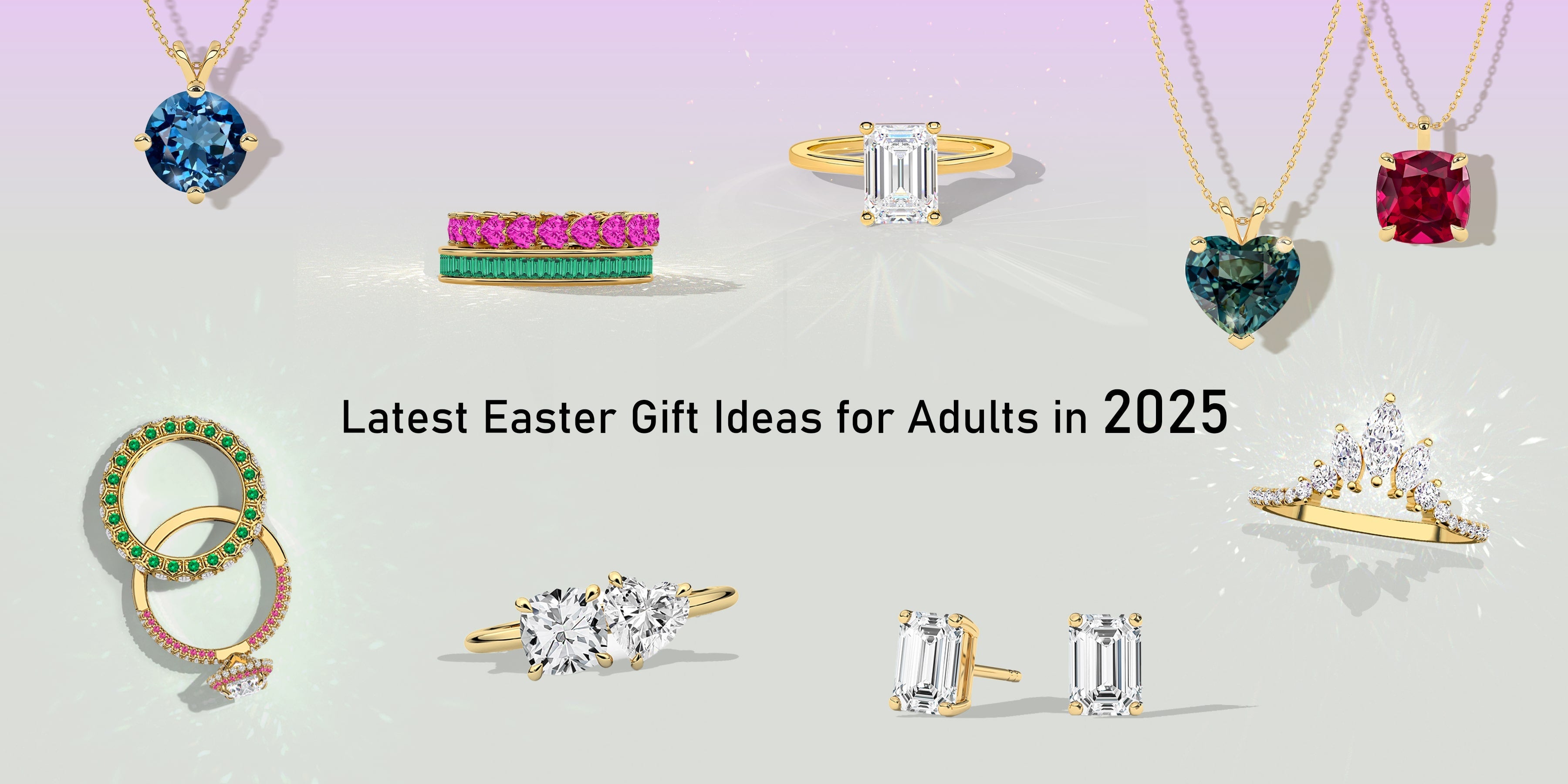
What is the GIA diamond certification?
When searching for an engagement ring or jewelry items during your shopping expedition, you will undoubtedly encounter specialists using the term "GIA diamond." A GIA diamond indicates that an independent expert from the Gemological Institute of America (GIA) assessed its quality at the institute's headquarters.
GIA has established itself as an expert organization that provides trusted and worldwide diamond quality ratings. Our article establishes what the GIA diamond certification represents and its significance for buyers seeking assurance when purchasing important items. This guide presents crystal-clear information about basic diamond knowledge designed for anyone regardless of their experience level in diamond knowledge.
Key Takeaways
- Understand what the meaning of GIA Diamond Certification is.
- Get to explore the real value of the 4Cs and how you should use them when making any purchase.
- Understand the entire procedure of GIA grading.
What Does a GIA Diamond Certification Mean?
GIA diamond certification performs diamond grading primarily instead of traditional certification activities. As a non-profit organization, the GIA created a standard assessment system for diamonds through the principles of cut, color, clarity, and carat weight. The four characteristics stand as fundamental elements of diamond grading, which establish both value and quality rating.
The GIA maintains strict scientific standards to examine every diamond through its examination process, while other institutions tend to use less strict measures. The organization applies advanced testing equipment alongside precise established protocols to carry out objective and accurate measurements of diamond characteristics. With a GIA grading report in hand, you receive precise knowledge about your diamond because the grading process eliminates hidden surprises.
Breaking Down the 4Cs
Understanding the 4Cs is key to grasping why GIA grading is so valuable:
| Cut | Color |
| A diamond's cut quality describes the skill of stone preparation through shaping and faceting work. A diamond becomes spectacular when cut expertly because it showcases beautiful light reflections. A GIA grading report reviews the diamond’s cut quality level from excellent to poor to allow you to determine its fire and brilliance potential. | Diamond color follows a measurement scale starting with D for completely colorless and ending at Z for light-colored diamonds. Value increases as a diamond approaches colorlessness on the grading scale. Your diamond's position in this color scale becomes clear through a grading report from GIA. |
| Clarity | Carat Weight |
| A diamond maintains clarity when it contains minimal visible internal and external imperfections, also known as inclusions and blemishes. The GIA grades diamond clarity on a spectrum from flawless to included, which assesses visibility through 10x magnification and possible effects on overall beauty. Identifying the solidity grade through the grading process provides you with specific knowledge regarding the natural characteristics found internally within the diamond. | The weight measurement of a diamond in carats determines its carat weight. A weight of one carat equals 200 milligrams in measurements. Although big diamonds exist more rarely and fetch higher prices, the diamond's total value depends on many other points besides its carat weight. The evaluation components of cut quality, together with color grade and clarity standards, determine the final diamond value. |

How Does the GIA Grading Process Work?
The intense, unbiased grading procedures performed by GIA make the certification trusted among industry professionals. A diamond enters GIA laboratory facilities by being placed inside transparent protective containers. The grading process remains unbiased because personnel remove all information about origin or ownership prior to diamond submission.
The authorities at GIA give each diamond its own distinctive bar-coded identification. The unique identifier on the diamond helps maintain continuous monitoring during grading operations while warding off subjective assessments from happening. Parallel expert gemologists analyze each diamond to determine its 4Cs. The grading process requires multiple experts to work together to achieve consensus before issuing a final assessment.
A GIA grading report gains its reliability through the multiple thorough steps in the evaluation process. The evaluation process becomes completely free from any assumptions through this system.
The GIA Grading Report: What It Tells You
When you buy a diamond from us with a GIA grading report, you’re not just getting a simple diamond paper. The report is a long and detailed document that explains every detail about your diamond’s quality.
Diamond 4 C's: A breakdown of how the diamond should look at your cutting, color, clarity, and carat weight. Additional: Details about the proportions of the diamond, in particular its depth, width, and table size.
Many diamonds fluoresce under ultraviolet light. The report tells you how strong this effect is, which means you should be able to compare diamonds from different sources or sellers. If you are clear about what is being said in terms of standardized information, you know you have made an informed decision.
A GIA grading report is like an independent inspection for many buyers; people will spend thousands of dollars on an engagement ring and really want to know everything about it. Like you would before purchasing a car or house, a GIA report guarantees that the diamond is of the quality it shows on paper.
GIA Diamond Grading: Quick Facts
|
Feature |
Details |
|
GIA Certified? |
GIA grades diamonds, not certifies them. |
|
Why GIA? |
Most trusted, strict grading standards. |
|
Cost? |
$48–$80 for grading. |
|
Lab-Grown? |
Yes, GIA grades them too. |
|
Other labs? |
Some are less strict than GIA. |
|
Where to Buy? |
EARTH SHINE JEWELS. |
|
Worth It? |
Yes, it ensures real value and quality. |
Do I Really Need a Diamond to Be GIA Graded?
When you do not have a grading report, then you are solely relying on what the seller tells you about the diamond's quality. That could result in something happening that is uncertain or even lead to you paying more for a diamond that isn’t as good as it’s supposed to be. For this reason, EARTH SHINE JEWELS, among many others, are only providing GIA-graded diamonds because that's what they know they can offer with total confidence.
However, it’s essential to note that the term 'GIA-certified diamond’ is a little misleading. There are no government agencies that certify diamonds like GIA does.
GIA Certified vs. GIA Graded
Many people say "GIA certified." However, GIA does not certify diamonds. It only grades them. A GIA report tells you the diamond’s quality. It does not confirm its value.
Cost and Value
A GIA-grade diamond may cost more. But it gives you the true quality. GIA charges around $48–$80 for grading. This small cost helps you make a smart purchase.
GIA and Lab-Grown Diamonds
GIA also grades lab-grown diamonds. The report shows if a diamond is lab-made. It also tells how it was created.
GIA vs. Other Labs
Some other labs are less strict. GIA is the most trusted. A GIA report means the diamond is checked carefully.
Where to Find GIA-Graded Diamonds
Many stores sell GIA-graded diamonds. Websites like James Allen and Blue Nile have them. At EARTH SHINE JEWELS, every diamond comes with a GIA report.
Final Thoughts
A GIA report helps you buy with confidence. It ensures the diamond’s quality. It also protects your money. EARTH SHINE JEWELS offers only GIA-graded diamonds. This makes shopping easy and stress-free.

